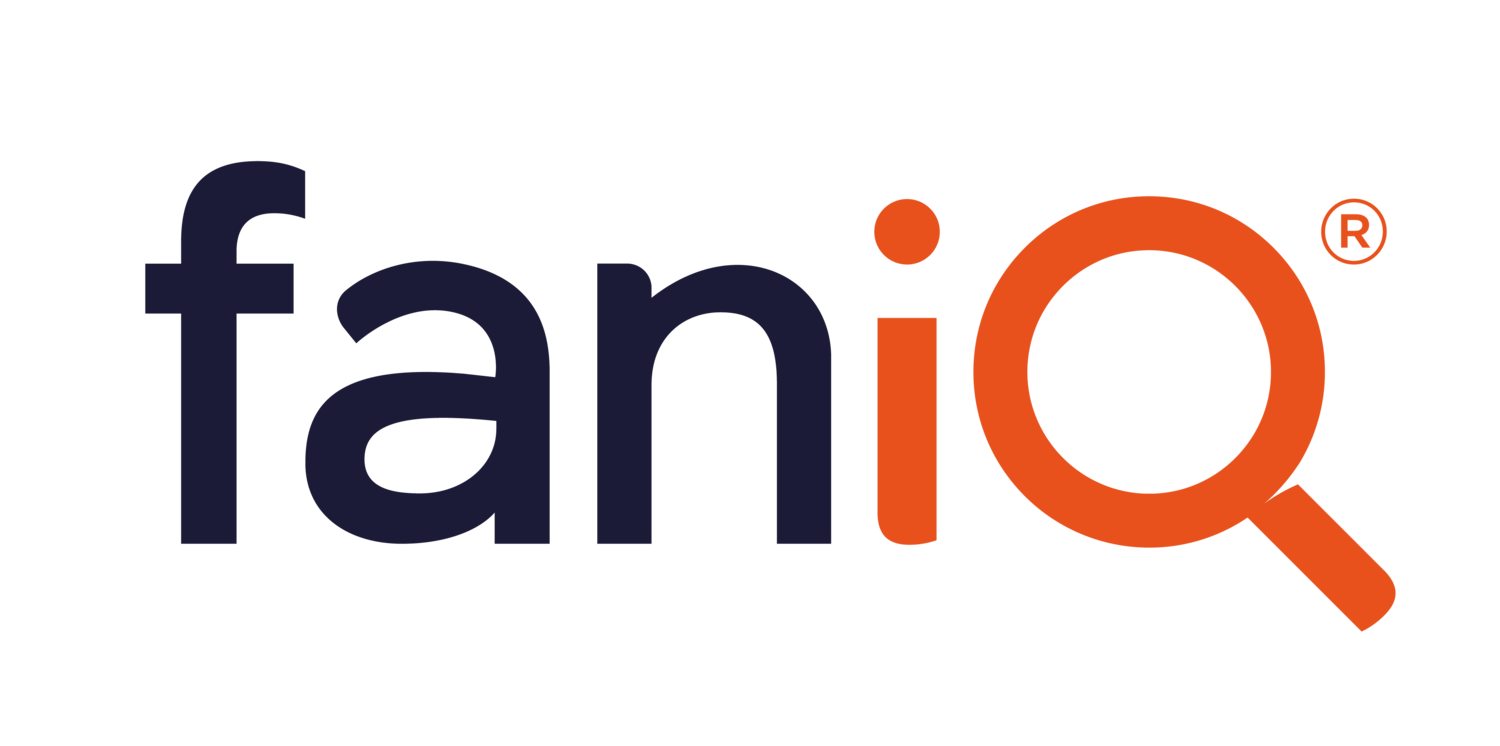Why You Should Separate Facebook and Instagram Ad Campaigns for Better ROI
12/12/2024
.png&w=3840&q=75)
When running paid social media campaigns, many businesses take the easy route and combine their Facebook and Instagram ads into a single campaign. While this might seem like a good way to simplify management, splitting your campaigns across these two platforms can actually yield better results. Let’s explore the reasons why running separate campaigns for Facebook and Instagram is often the more strategic approach.
Want to learn more about the many Ad Units on Meta? Click Here
Demographics on Facebook and Instagram are Extremely Different
Originally two separate platforms until Facebook purchased Instagram in 2012, both platforms are extremely unique in their user demographic breakdown. Facebook has a broader, more age-diverse user base, with 30% of users aged 25-34 and a significant 35% of users 35 and older. Instagram, in contrast, skews younger, with 32% of users aged 18-24 and 30% aged 25-34, making it a go-to platform for millennials and Gen Z. Both platforms have similar gender distribution, with 57% female users, but Instagram tends to attract a more urban (45% of users) and affluent (47% of users above $75k income) audience.
Facebook | VIP Seekers
Instagram | Sneakerheads
Audience Targeting is Different on Each Platform
By setting up separate ad campaigns for Facebook and Instagram, you can tailor your targeting strategies more effectively. We've found that details on the 'what'--which includes product details like price, location and benefits--resonates more with the 35-45 age group on Facebook, while a younger 18-24 audience is more interested on the 'Why', in which an emotional appeal and connection is the main driver of engagement. The two creative examples below--one for Atlanta United in the MLS, and one for Hip Hop festival Broccoli City-- illustrate how separate campaigns communicate and connect with each distinct audience in a unique way on the platforms where they're spending time. On Instagram, we see strong performances from audiences like Nightlife Enthusiasts, Beauty Mavens, and Sneakerheads. On Facebook, we see strong performance with Frequent Travelers, VIP Seekers, and Family Focused audiences.
Content Performance Varies Between Platforms
In addition to different messages to drive initial engagement, it's also important to deliver conversion-focused content that drive a purchase. On Facebook, users typically scroll through a feed that includes a mix of text-heavy posts, links, and multimedia. In contrast, Instagram is a more visual-first platform where users primarily engage with photos, short-form videos, and Stories. Static images can also be an important conversion-driver by communicating deadlines, like price increases for festivals, or by providing details on specific offers and promotions. In particular, No Fee promotions can do very well with a simple static image that communicates when the offer ends.
Instagram | Casual Drinkers

Facebook | Party People
Splitting Campaigns Creates Transparency
In 2024, FanIQ continued to test the benefits of running separated campaigns versus blended campaigns that use Meta's Advantage + capabilities. Based that data from FanIQ clients, blended campaigns performed at a 2.43x total Return on Investment while separate campaigns performed at a 4.75x total return.
One other important thing to note about just relying on Advantage+ is the lack of control and transparency that comes along with it. While letting Meta allocate impressions and decide on format will save time, it will also waste impressions on platforms where your target fan is not spending time. Advantage+ also lacks the transparency to see performance at an ad unit, and platform level.
One of the key benefits of running separate campaigns on Facebook and Instagram is the ability to make more granular adjustments based on different levels of performance in each platform.
For FanIQ partners, we've seen Instagram outperform Facebook, and visa-versa, based on the particular audience we're targeting. For a Bluegrass Festival in Colorado, we saw Facebook drive a 7x compared to a 3x on Instagram. For one of our WNBA partners, it was the opposite. By not spending the time to see these differences, marketers are leaving money on the table. They're also not getting critical details on performance that help make sure they're investing their next dollar better than their last.
More granularly, you're not able to A/B test creative when running blended campaigns, as there's no data on which ad units, or even platform, is driving the best results. While that may be good for Meta's shareholders, it may not be helping your ROAS.
.png&w=3840&q=75)
The Power of FanIQ's Unified Reporting
At FanIQ, we go even deeper in how we manage Meta campaigns, and have built a unified reporting tool that provides granularity on performance not only at a platform level, but also at a creative and audience level. While it's not practical for most marketers to do all of this one their own, we've built not just reporting, but also workflow tools that make set-up and management simpler. Whether it's creating and curating the right content or providing workflow tools to make mult-platform campaign set-up simple, it's all part of how we're helping partners turn first impressions into fandom.

